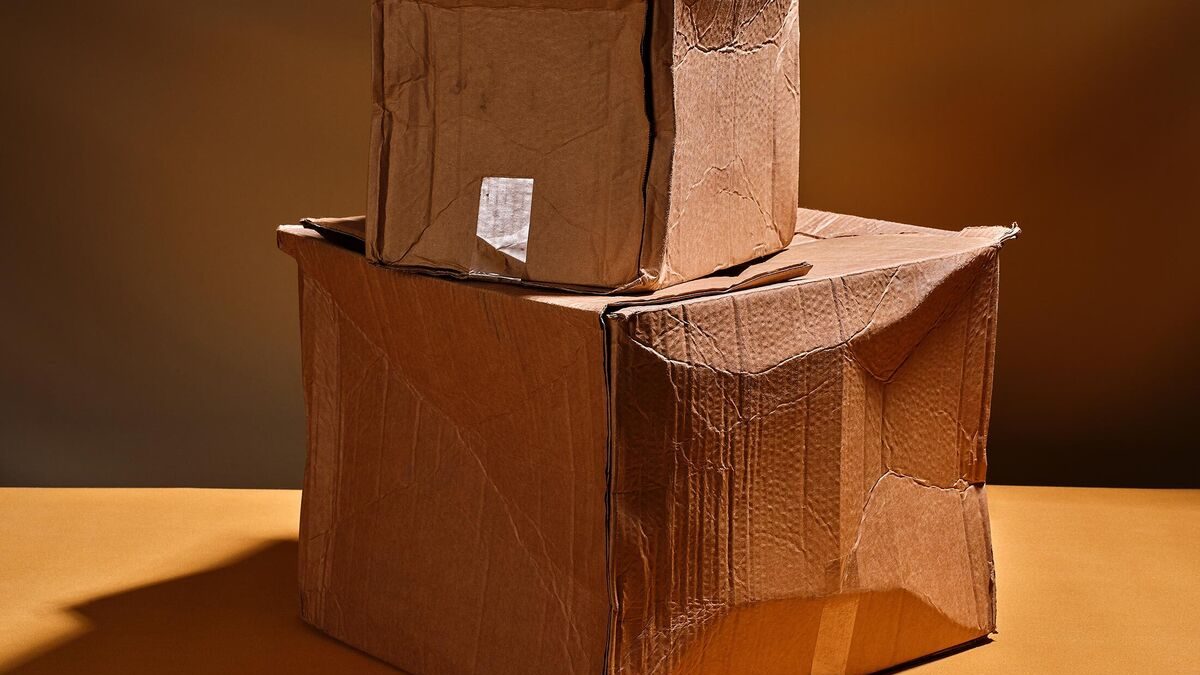Demand for corrugated packaging and cardboard box — used to ship everything from food to appliances — has slumped to its weakest level since 2016, raising concerns about the strength of US consumer spending, According to a report from The Wall Street Journal.
Box shipments per capita are now more than 20 per cent below their 1999 peak.
Experts caution that while cardboard demand is not a perfect economic indicator, it usually tracks wider retail and manufacturing trends since boxes are vital for almost all shipped goods.
Mills shutting down, worst scenario since 2009 recession
International Paper, the nation’s largest box maker, will shut two mills in Georgia by the end of September, cutting nearly 9 per cent of US containerboard capacity in less than a year.
That is roughly double the capacity lost during the 2009 recession. “Closures of such scale are unprecedented,” analyst Adam Josephson told the Journal.
The decline is being driven by weakening consumer spending, corporate caution triggered by tariffs, pulp mill closures and a cooling housing market that has reduced demand for moving boxes.
Box shipments had soared during the pandemic as online shopping exploded, but demand has since fallen back sharply. International Paper, which once forecast modest growth this year, now expects a 2 per cent decline.
Prices stay high despite slump
Even as demand falls, producers have continued raising prices to offset costs. Linerboard, the most common grade, now sells for about $945 a ton, compared with $725 in 2019.
Buyers have resisted some increases, but industry consolidation — with International Paper, Packaging Corp. of America and WestRock among the biggest players — has helped maintain pricing power.
E-commerce shifts strategy
According t o the report, Amazon and other online retailers are also reducing cardboard use by shifting to lightweight mailers and “right-sized” packaging, compounding the industry’s downturn.
Industry restructures
International Paper insists its Georgia closures are part of a broader restructuring, not just a response to weaker demand. The Savannah mill alone required nearly $300 million in upkeep.
Instead, the company is investing $250 million to convert a plant in Selma, Alabama, to produce lightweight containerboard. Other producers are planning new capacity in Louisiana and Arkansas.
Impact Shorts
More ShortsOutlook remains uncertain
Despite declining demand, Wall Street analysts expect the capacity cuts to support higher prices into 2026. Still, industry insiders warn that continued weakness in box demand could be an ominous sign for the US economy.


)

)
)
)
)
)
)
)
)



